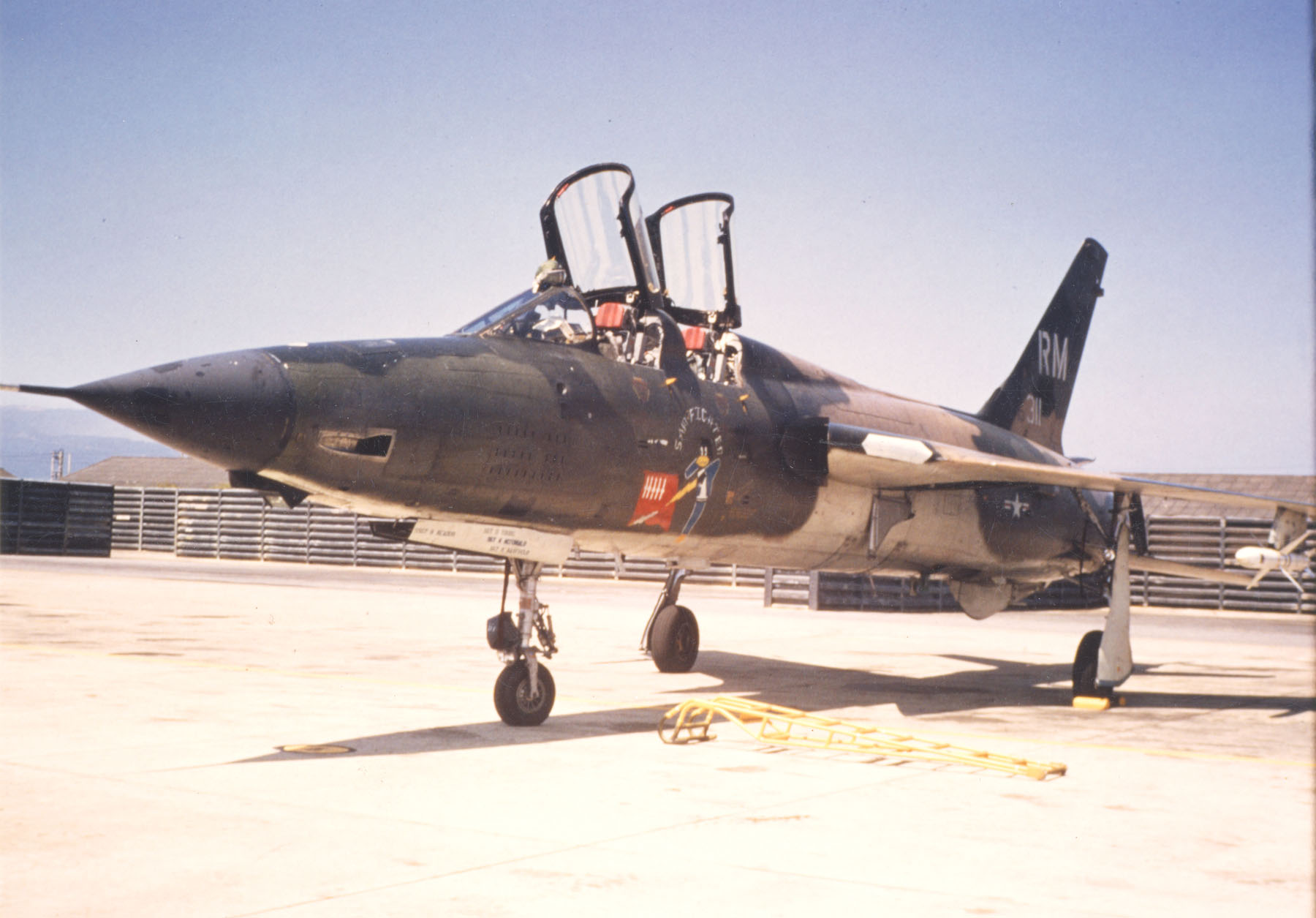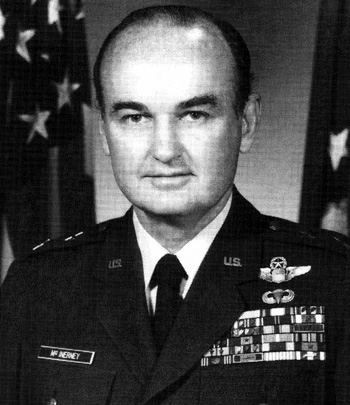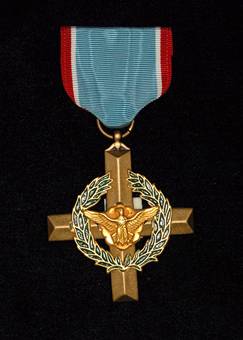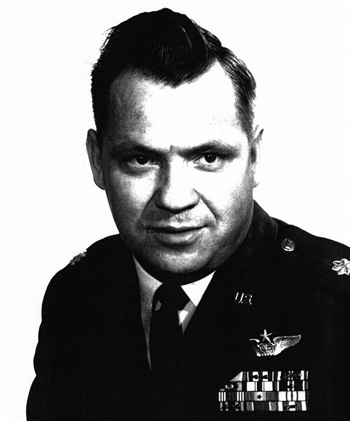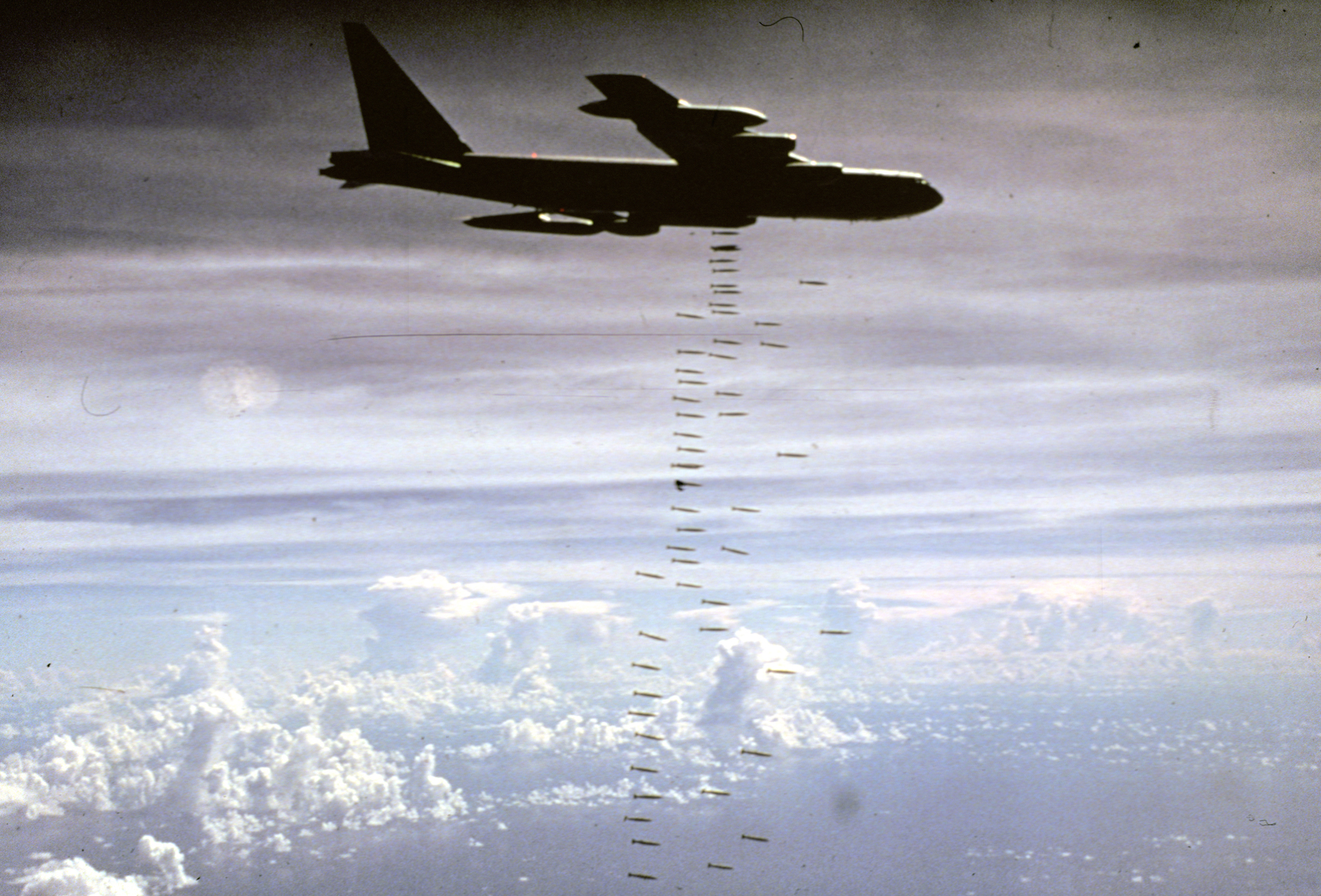
22 November 1972: The Boeing B-52 Stratofortress bombers began combat operations in the Vietnam War with ARC LIGHT strikes against enemy troop concentrations and supply lines in June 1965. The B-52s flew so high and fast that they could neither be seen nor heard on the ground. It was more than six years before the first of the eight-engine bombers would be lost to enemy action.
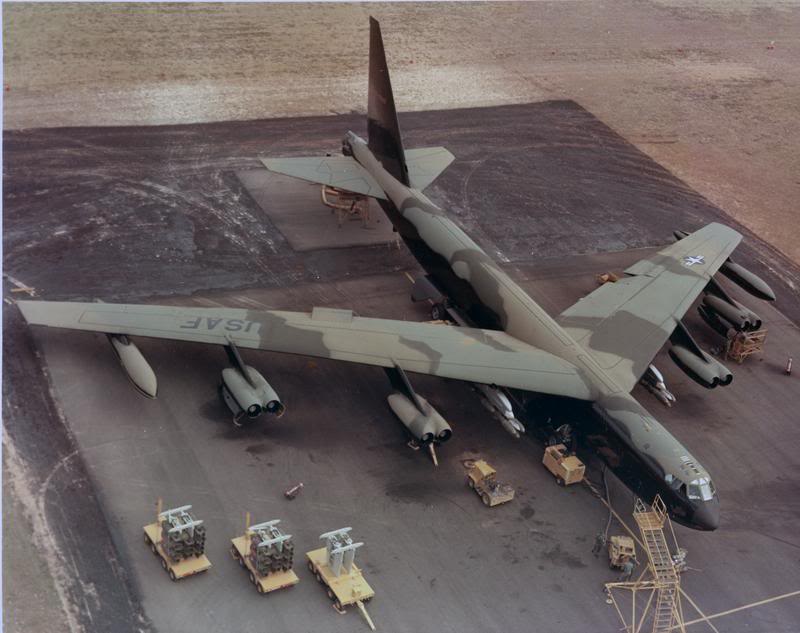
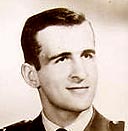
B-52D-65-BO 55-0110, call sign OLIVE 2, was assigned to the 96th Bombardment Wing, Heavy. It flew combat missions from Andersen Air Force Base, Guam, and the U-Tapao Royal Thai Navy Airfield, Thailand. On 22 November, -110 was crewed by Captain Norbert J. Ostrozny, aircraft commander; Captain P. A. Foley, co-pilot; Bud Rech, radar navigator; Captain Robert Estes, navigator; Larry Stephens, electronic warfare officer; and Staff Sergeant Ronald W. Sellers, gunner.
Near Vinh, on the central coast of North Vietnam, OLIVE 2 was struck by an exploding S-75 Dvina surface to-air missile (NATO identified the S-75 as the SS-2 Guideline, commonly referred to as a SAM). The S-75 is a Soviet two-stage command-guided surface-to-air anti-aircraft missile. It is 10.60 meters (34 feet, 9.3 inches) long and 0.7 meter (2 feet, 3.6 inches) in diameter. It is liquid-fueled and has a maximum speed of Mach 4 and range of 24 kilometers (15 miles). The missile has a 200 kilogram (441 pound) fragmentation warhead. The loaded weight is 2,300 kilograms (5,071 pounds).
OLIVE 2 was seriously damaged and on fire, and the flight crew turned toward the airfield at U-Tapao.
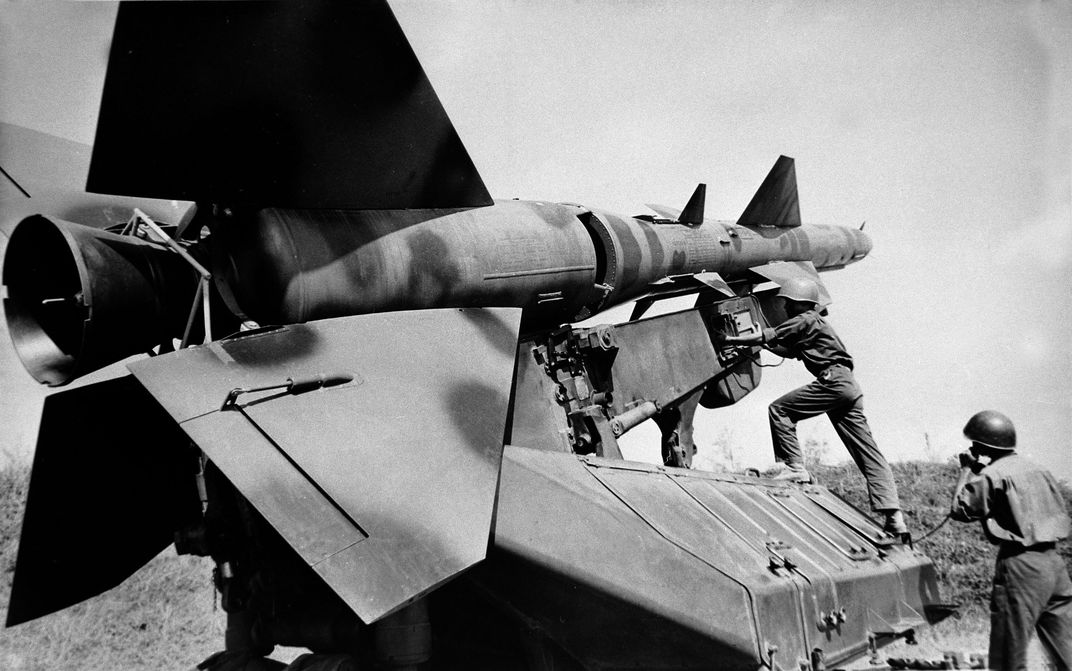
After crossing the Thailand border, Captain Ostrozny ordered the crew to eject from the stricken bomber. All six crewmen escaped the doomed Stratofortress and were later rescued by a Sikorsky HH-53 Super Jolly Green Giant search-and-rescue helicopter.
55-0110 crashed 15 miles (24 kilometers) southwest of Nakhon Phanom, Thailand. It was the first Stratofortress lost to enemy action in more than six years of combat.
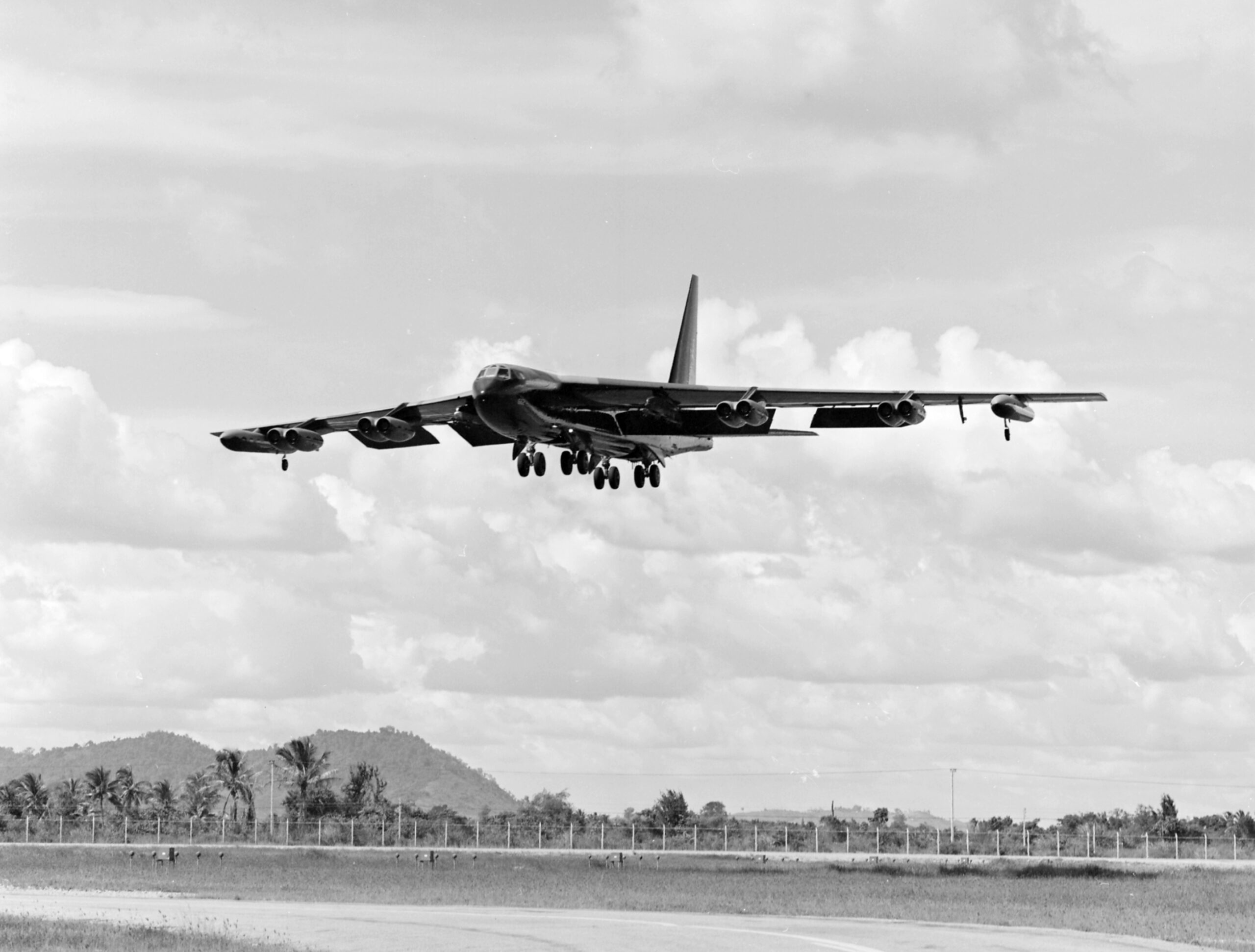
The United States Air Force flew more than 125,000 combat sorties with the B-52 from 1966 to 1973. During that time, the bombers delivered 2,949,615 tons of bombs against enemy targets. A total of 31 B-52s were lost. 73 crewmen were killed in action and 33 captured and held as prisoners of war.
My thanks to Colonel Knox Bishop, U.S. Air Force (Retired), for contributing the additional details.
© 2017, Bryan R. Swopes
